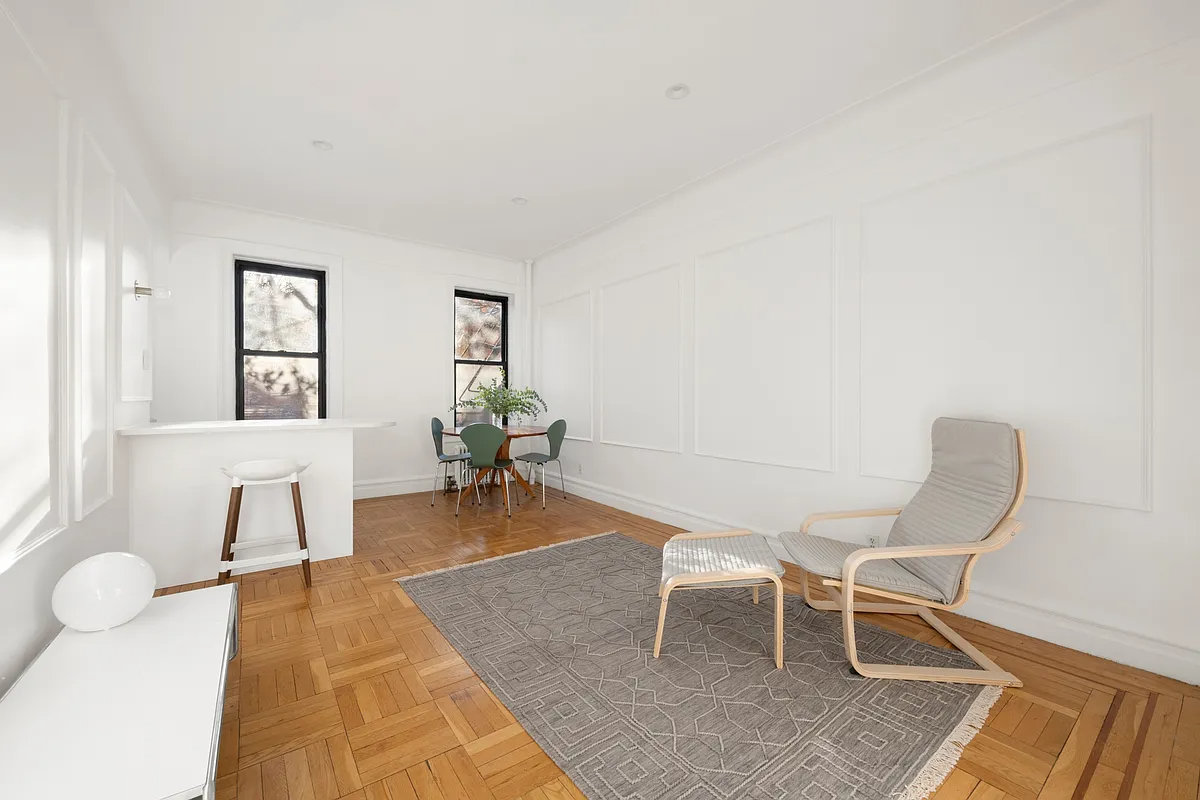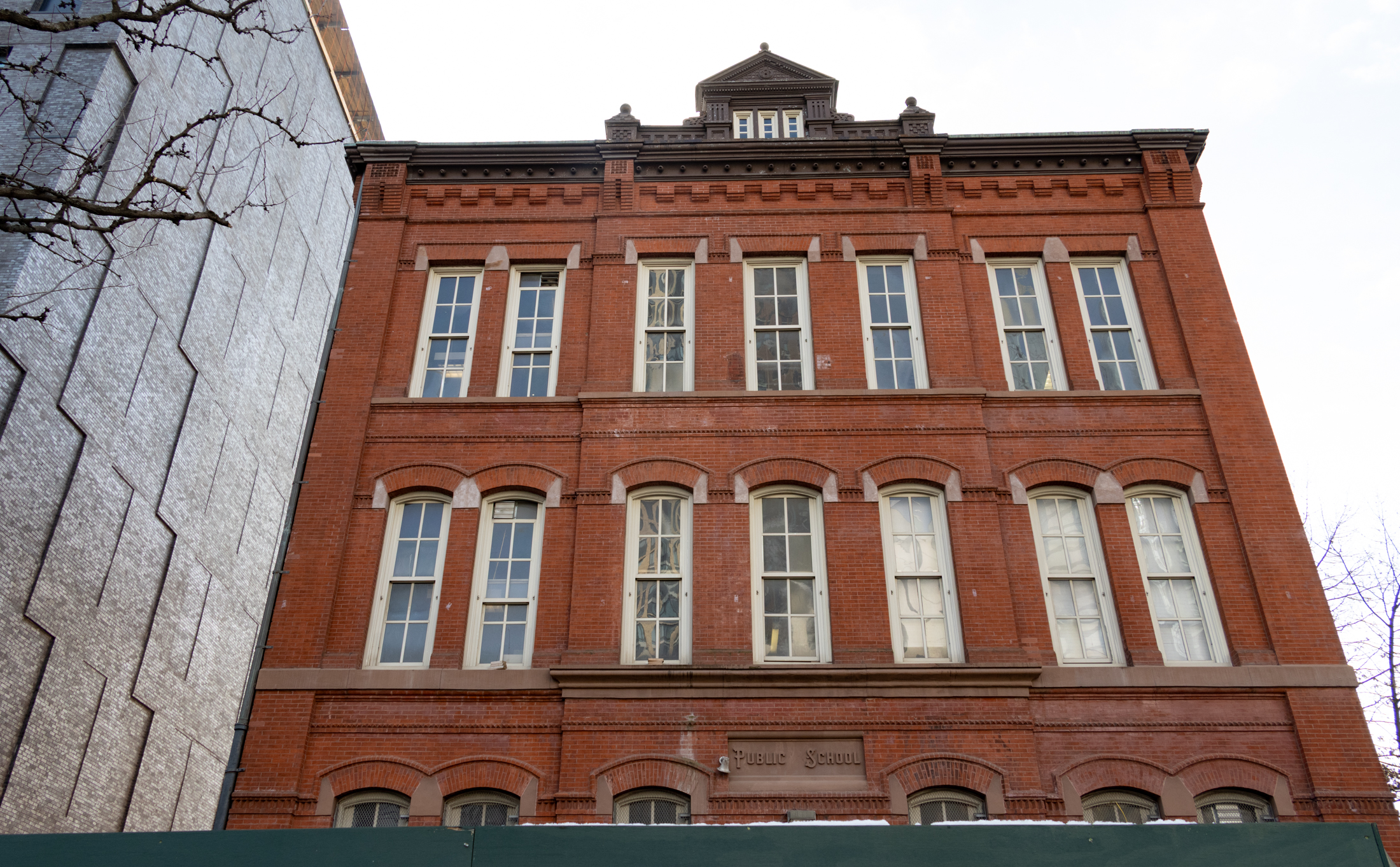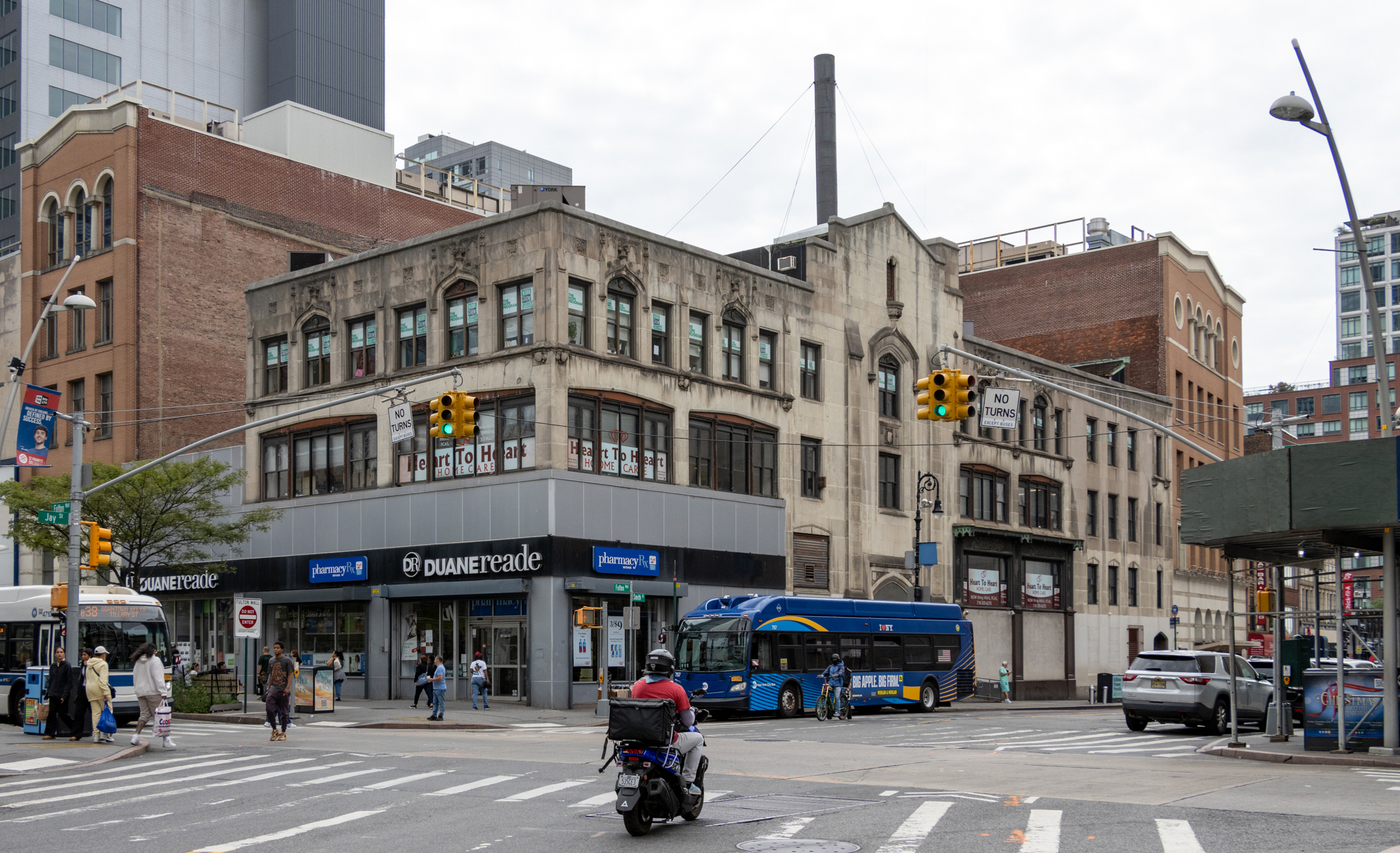3rd Avenue is Starting to Happen
If 4th Avenue is the next Park Ave. (a laughable notion at this point), does that make 3rd Avenue the next Madison? Silly comparisons aside, 3rd Avenue in Gowanus is quietly transforming into an exciting retail/restaurant corridor. New businesses are joining neighborhood mainstays like the Glory Social Club and more recent ventures such as Canal…


If 4th Avenue is the next Park Ave. (a laughable notion at this point), does that make 3rd Avenue the next Madison? Silly comparisons aside, 3rd Avenue in Gowanus is quietly transforming into an exciting retail/restaurant corridor. New businesses are joining neighborhood mainstays like the Glory Social Club and more recent ventures such as Canal Bar, Le Chandelier Salon, Tri-State Chess, Bella Maria Pizza, and the light manufacturing/artists’ hub at the Old American Can Factory. Here’s a roundup (from south to north) of what’s recently hit and forthcoming:
Bar Tano at 9th St.: Italian restaurant from Slope’s Bar Toto owners; opens this week.
Brick Oven Barbeque on 6th St.: BBQ joint opening in old warehouse.
Whole Foods on 3rd St.: Should come to fruition…eventually.
Home Ec betw. Carroll & 1st St.: Owners of the Flirt boutiques teach sewing lessons.
Hotel at President St.: Construction under way for 4-story hotel.
Crooked Tail Café at President St.: New coffee/sandwich shop; will open in about a month.
Drugstore or Supermarket on Degraw St.: New owner is looking to lease big warehouse.
Skate park at Douglass St.: Local group wants Thomas Greene park revamped with skateboarder friendly features.
Check out the photo montage of the new places and coming attractions on the jump.






I don’t know who all these people are that you are claiming that are pretending to be artists. If you don’t like their work, then that’s your personal right and opinion. But people that spend their lives and/or the better part of their free time outisde of their dayjob to create art are all artists. Considering how hard making full time living is as an artist, It’s incredible that anybody would think someone would pretend to be one.
Cruddy, dangerous and creepy Asbury Park has seen an upturn in gentrification by gays and lesbains settling there.
There are now galleries and small shops where vacant storfonts were just a few years ago, Propewrty values are rising.
6:21:
Tribeca was never ‘dangerous’. It was industrial yes, but never considered a dangerous or run down neighborhood, even back in the day.
Times Square is a whole different animal altogether and has nothing to do whatsoever with what we are talikng about.
Times Square was specifically redesigned and rezoned for BIG money and BIG business to make it safe for Disney and large corporations to sell specifically to the tourists. It is not and never has been gentrified for living in the way that we are discussing the other neighborhoods in this blog. Midtown Manhattan is not exactly within the definition of what we are calling ‘gentrification’
Funny how people don’t pretend to be gay to gain the cache of hipness the way they do by pretending they are “artists”
There’s a Mac repair and sales shop on 7th between 2nd & 3rd. The building next to them is being gutted, and I assume it’s going to be turned into upscale-ish retail or office space. Anyone know what’s going up there?
(My apologies to everyone who comes to this site to bash artists. I thought it supposed to be related to Brooklyn real estate and such, and I foolishly was curious about finding out about what’s happening on 3rd. How wrong was I? Little did I know that artists were inauthentic non-New Yorkers who are not artistic.)
5:41 PM,
neighborhoods have been “pioneered” by gay communities too. i can certainly say that about parts of Philadelphia and i would bet that it has happened in parts of NYC.
5.36 – you’re just plain wrong. You’ve made some logical assumptions, listened to others in your band, and thing you know whats going on, But you’re wrong.
“Zoning To Kill Manufacturing, and the Assault on Greenpoint
by Tom Angotti
May, 2003
The NYC Department of City Planning (DCP) is on the brink of what could be a great urban planning disaster. It is preparing to rezone huge chunks of industrial land to promote housing development. This could result in a massive displacement of industry on a scale similar to the hundreds of thousands of residents displaced by urban renewal programs of the 1960s. Decades from now planners may wake up and ask how they can get back the 250,000 industrial jobs they lost (see last month’s Land Use column on zoning and industrial retention by Adam Friedman).
Industrial zoning (that is, land within the city’s “M” zoning districts) keeps land prices in industrial areas low because property owners can’t, for the most part, use their land for housing or other high-rent purposes. This in turn keeps rents low enough for manufacturing and other industries so that they can afford to operate in the city. One of the main reasons the city has lost almost a million manufacturing jobs in the last 50 years is that its small industries can’t afford to pay higher rents, and so move to the suburbs. To be sure, industry has declined in most U.S. cities due to global restructuring, but New York City lost proportionately more jobs than the rest of the region. It is in fact one of the biggest losers in the country. As a result, the city has high unemployment and poverty rates.
The Department of City Planning’s rezoning campaign began in the early 1990s, when the agency released a study that created a gloomy outlook for industry in the city. The study traced the downward trend of industrial jobs since the early part of the 20th century and, without any analysis of current trends, assumed that the decline would continue. This then became a self-fulfilling prophecy as the agency proceeded to eat away at industry’s zoning protections. At the same time, government continued to shower benefits on the finance and real estate sectors. During the Giuliani administration, over $5 billion in tax incentives were given away to corporate and financial giants while the city had no coherent policy to hold on to manufacturers.
The city planning department’s assault on industrial zoning is part of its strategic plan, which calls for the rezoning of “unproductive manufacturing areas” in Greenpoint/Williamsburg, Hudson Square, Morrisania, and Bruckner Boulevard. The first victim of the agency’s war on industry was Long Island City, which was rezoned in 2002 to make way for new office and residential development. Industrial zoning was preserved in a portion of the neighborhood, but property owners there will now face the temptation to speculate with their land and hold out for a future conversion to residential uses, when land values shoot up high enough and the political climate is ripe, that will wipe out the remnants of industrial zoning. The planning agency is now preparing a second assault on Long Island City.
The agency’s crusade against industry got a big boost when Mayor Michael Bloomberg issued his $5 billion plan to create 65,000 new units of housing. The plan explicitly mentioned utilizing the city’s industrially-zoned waterfront land for new housing sites. What the planning agency forgot to tell the mayor is that the majority of the city’s vacant industrially-zoned land is in Staten Island, much of the industrially-zoned waterfront is in active industrial use, and many of the vacant waterfront sites are vacant because property owners have been sitting on the land, speculating on the likelihood that the city would rezone it so they could make windfall profits on residential development.”
I knew self-annointed artists had high opinions of themselves but I didn’t realize they were truly delusional. Too much weed I guess.
30 years ago there was still plenty of industry there dingbat. You’re completely clueless aren’t you.
As for 5.41 – LIC.
The whole of new york has changed since 30 years ago, dangerous areas everywhere were rezoned and/or newly developed. $$$$ came in. look at Tribeca 30 yrs ago, Times Sq. 20 yrs ago.
You clearly didn’t grow up here. I suppose you also cleared up the graffiti on the subways, rebuilt half of harlem and moved into the south bronx too?
Grow up and get a real job.